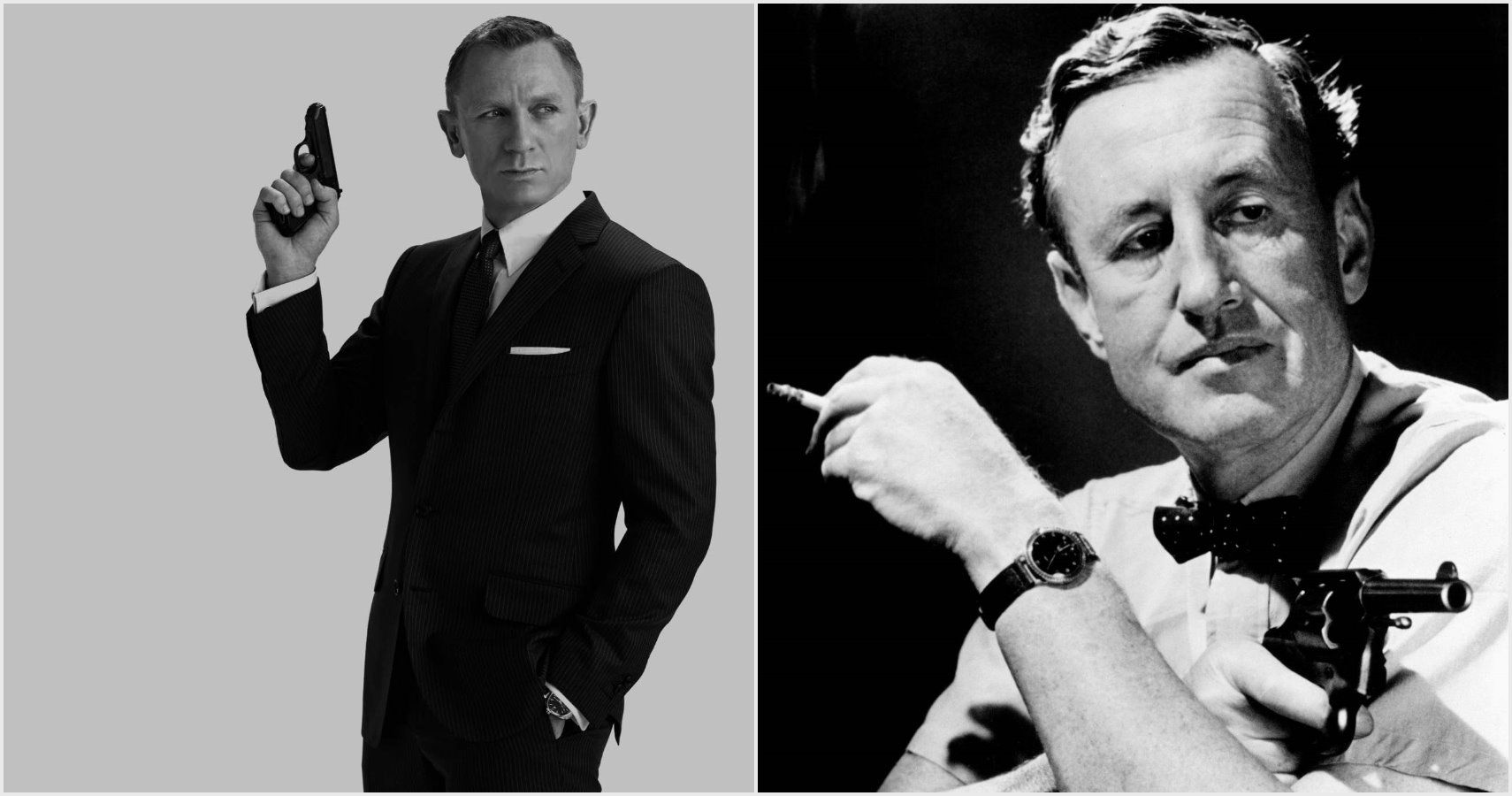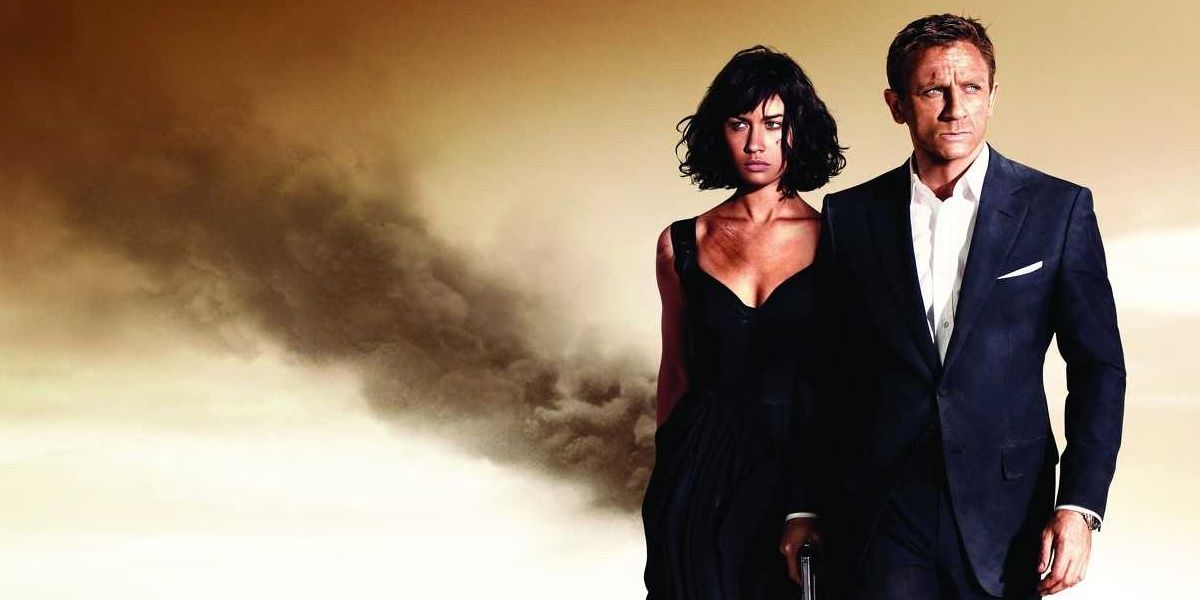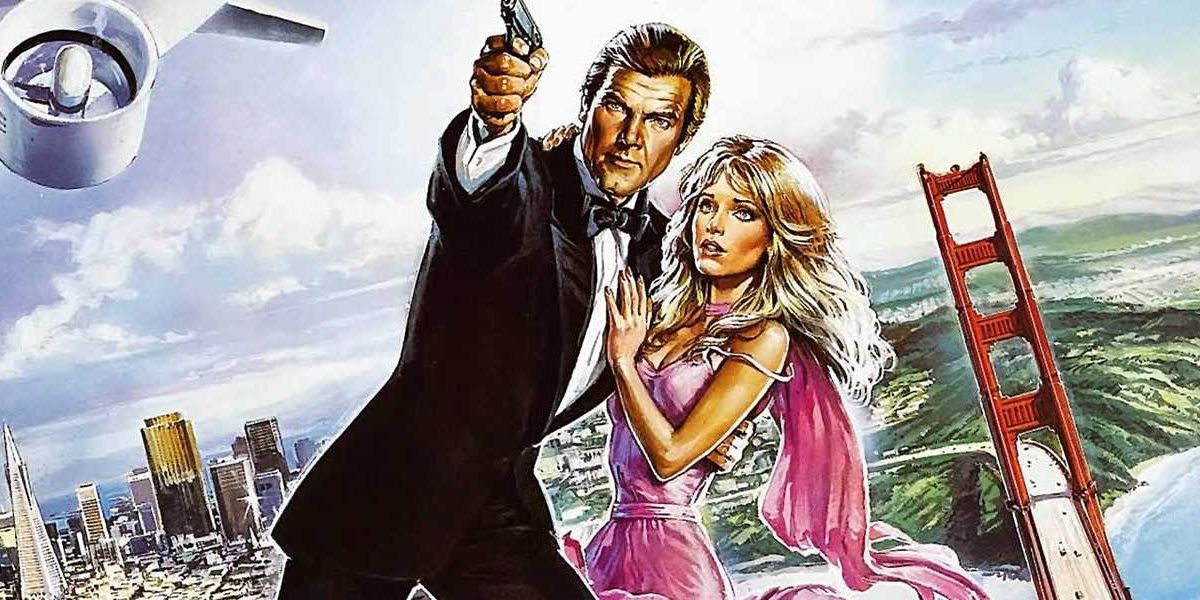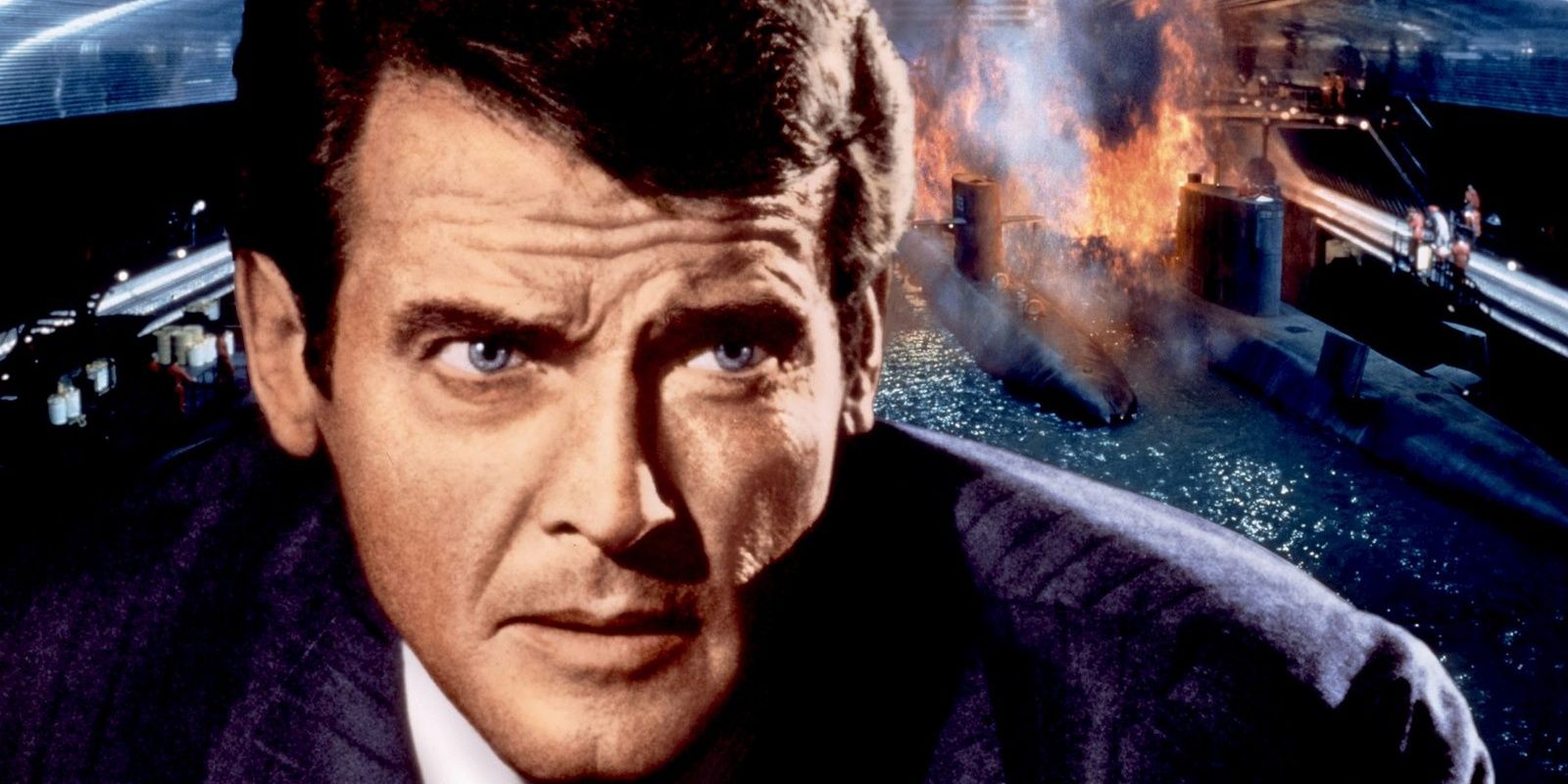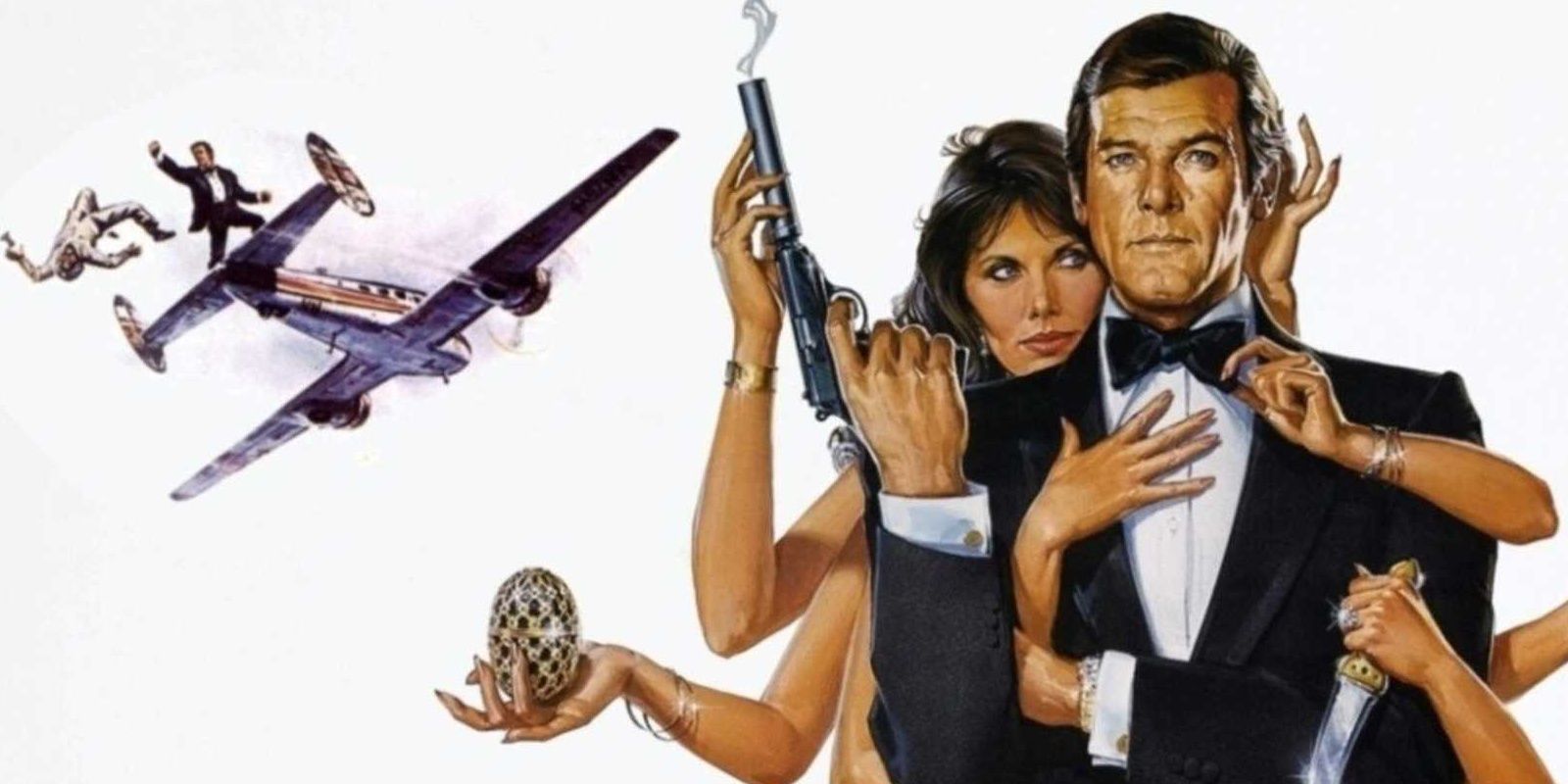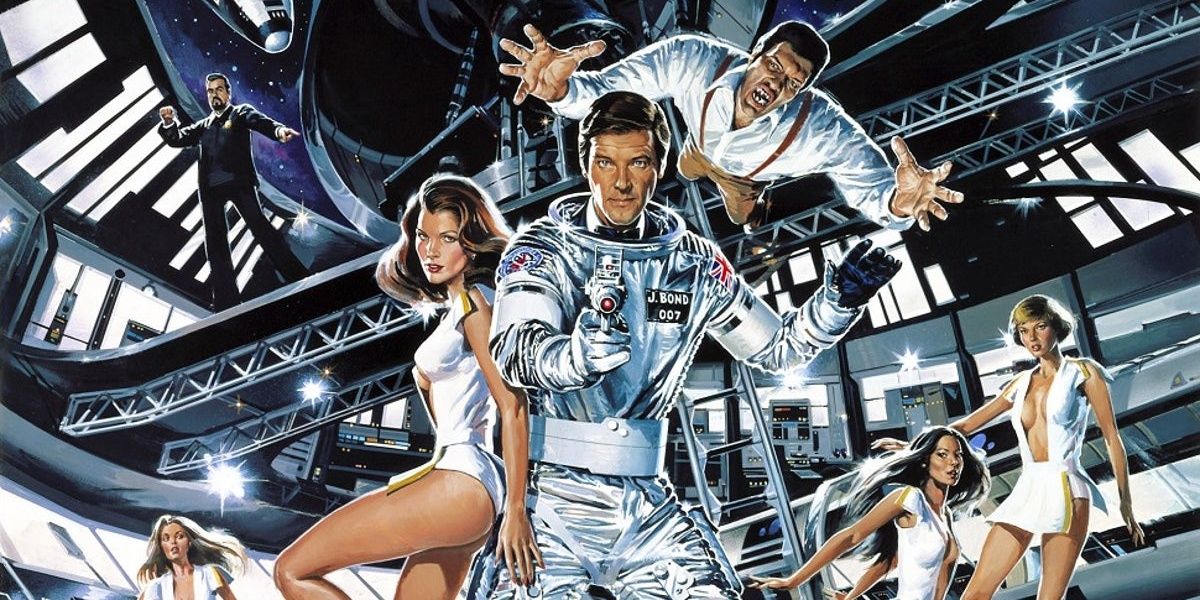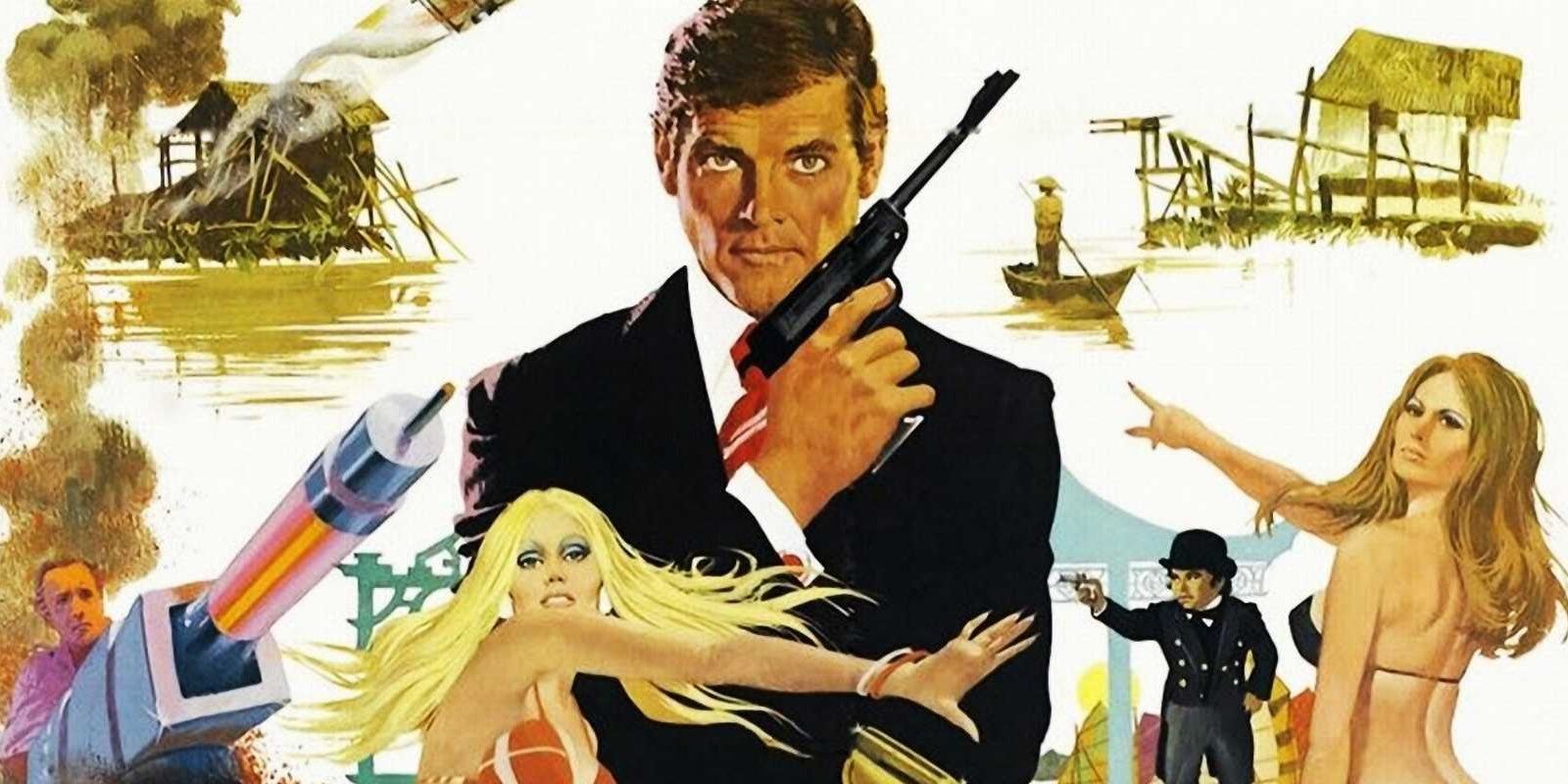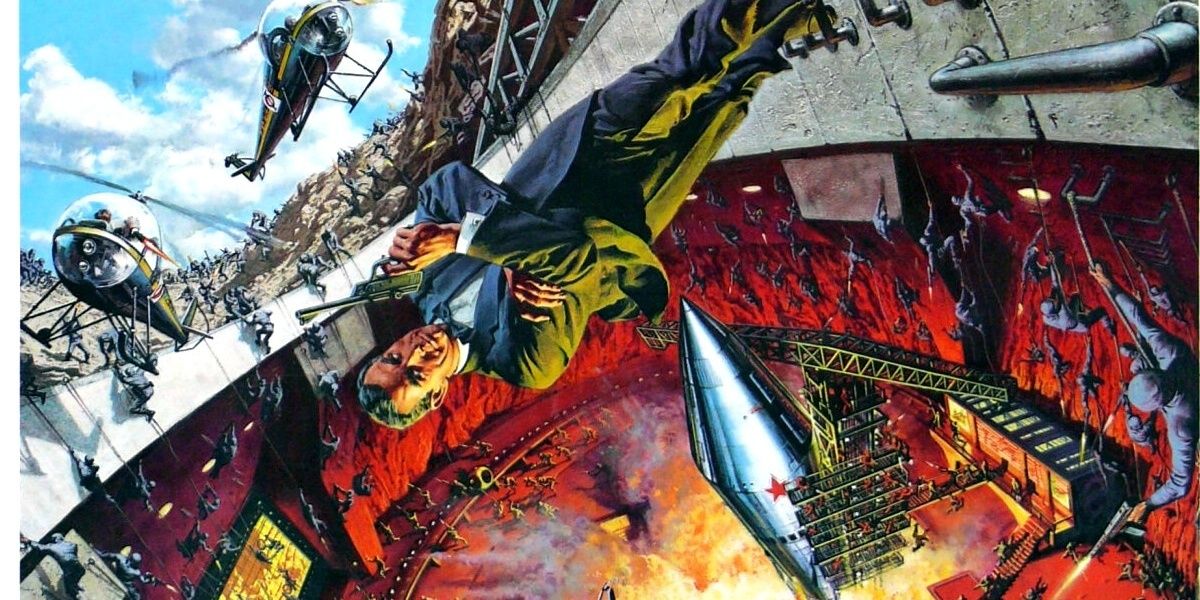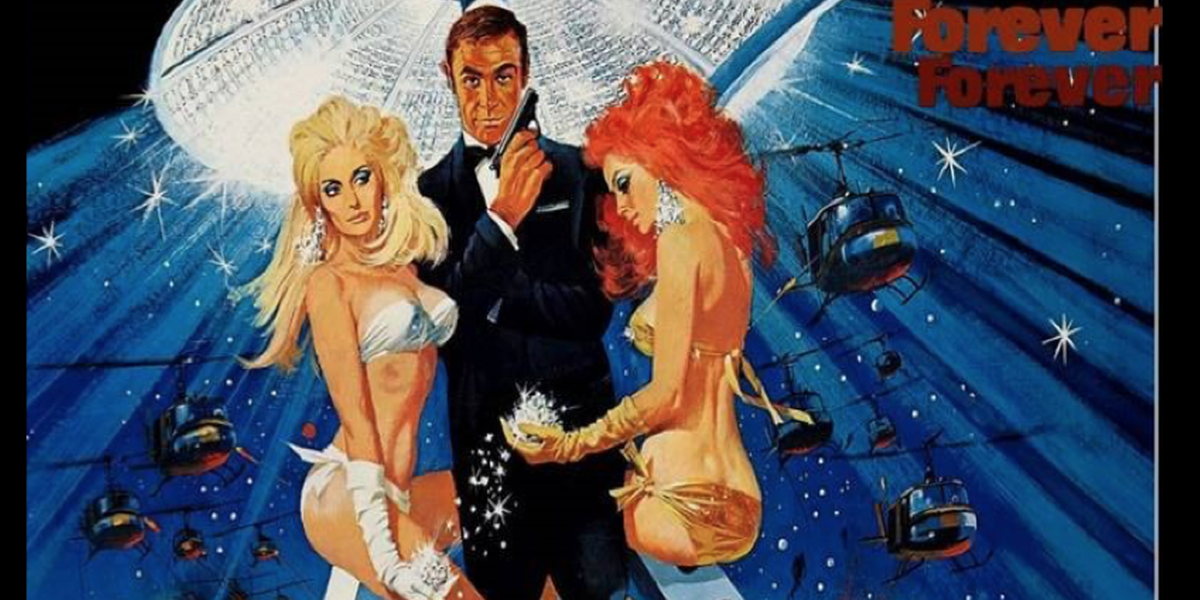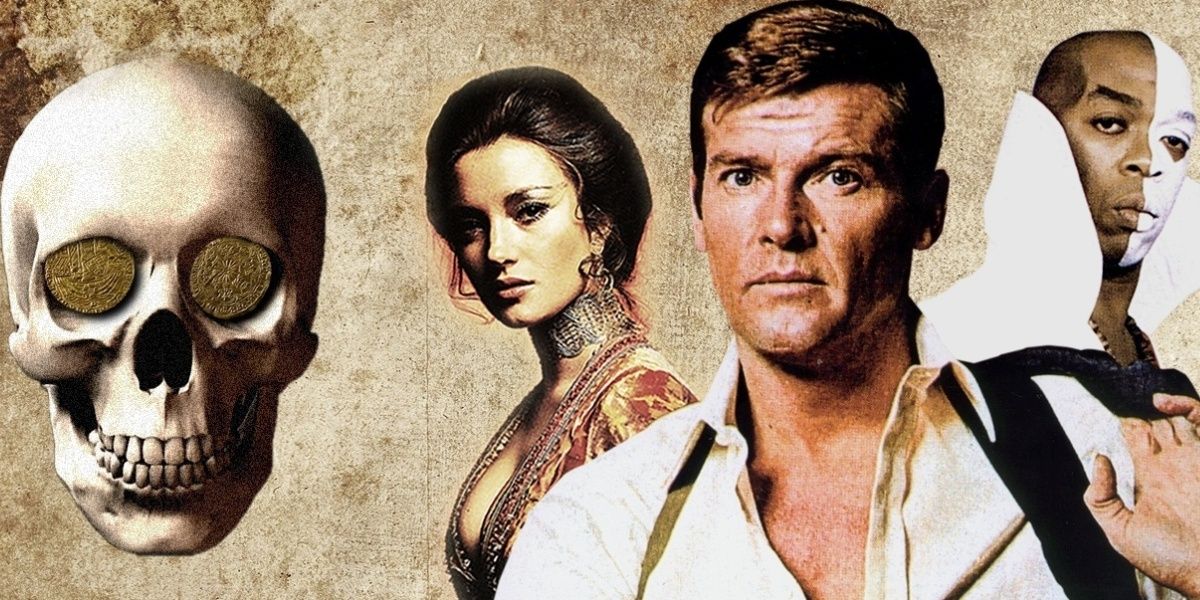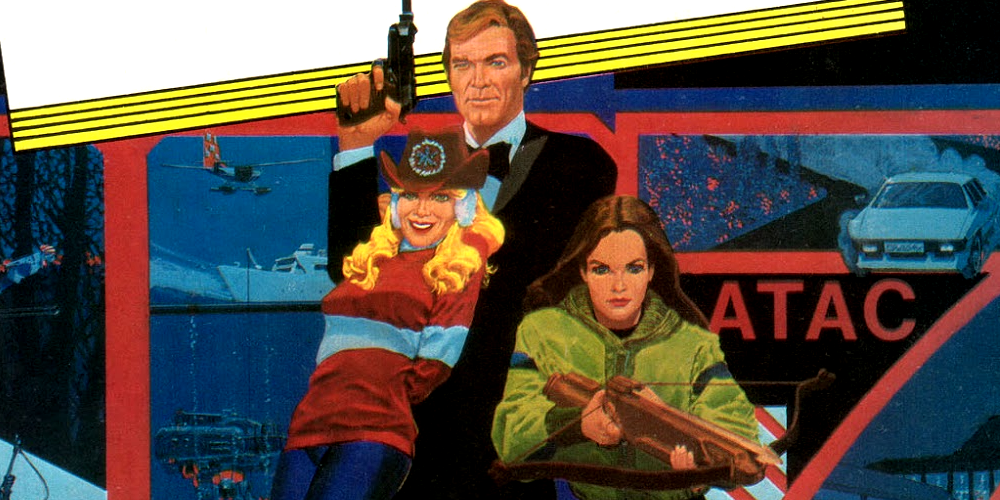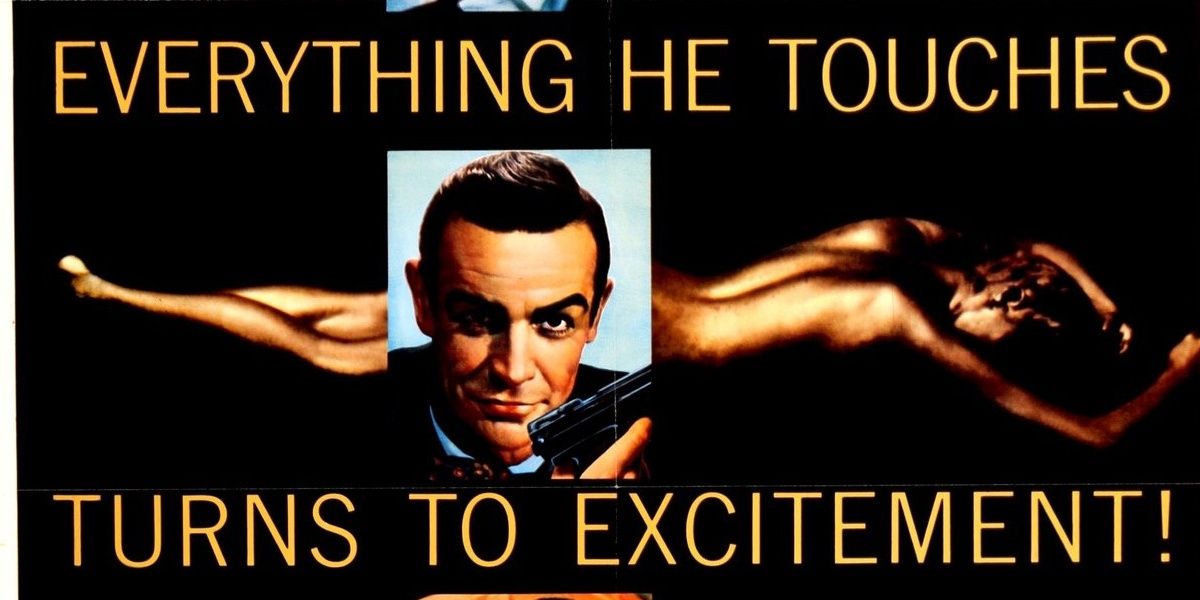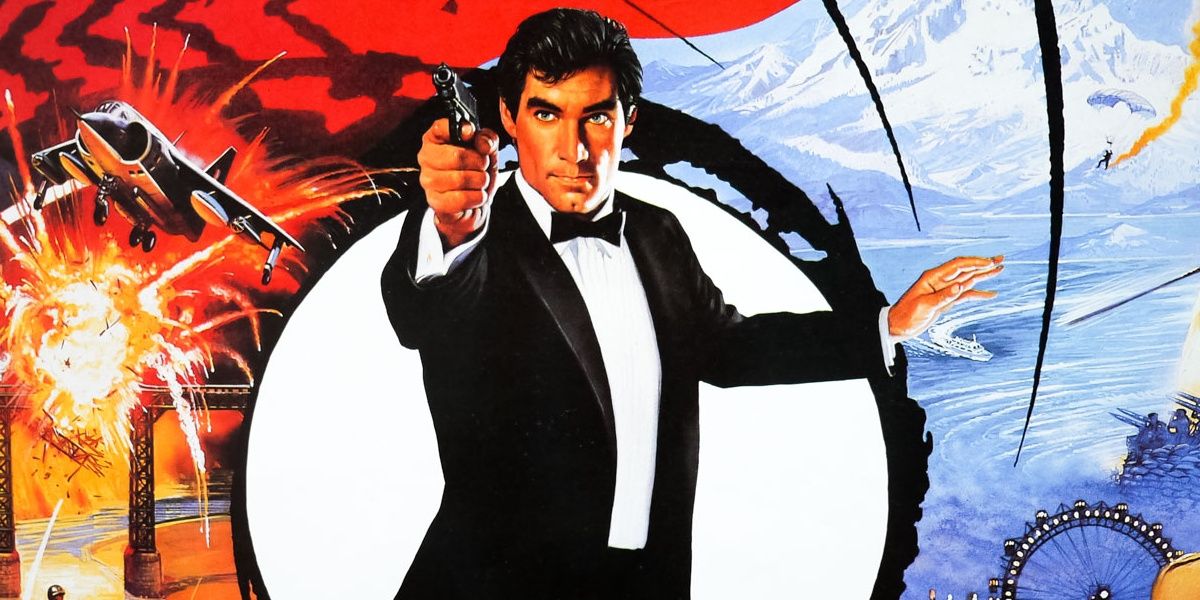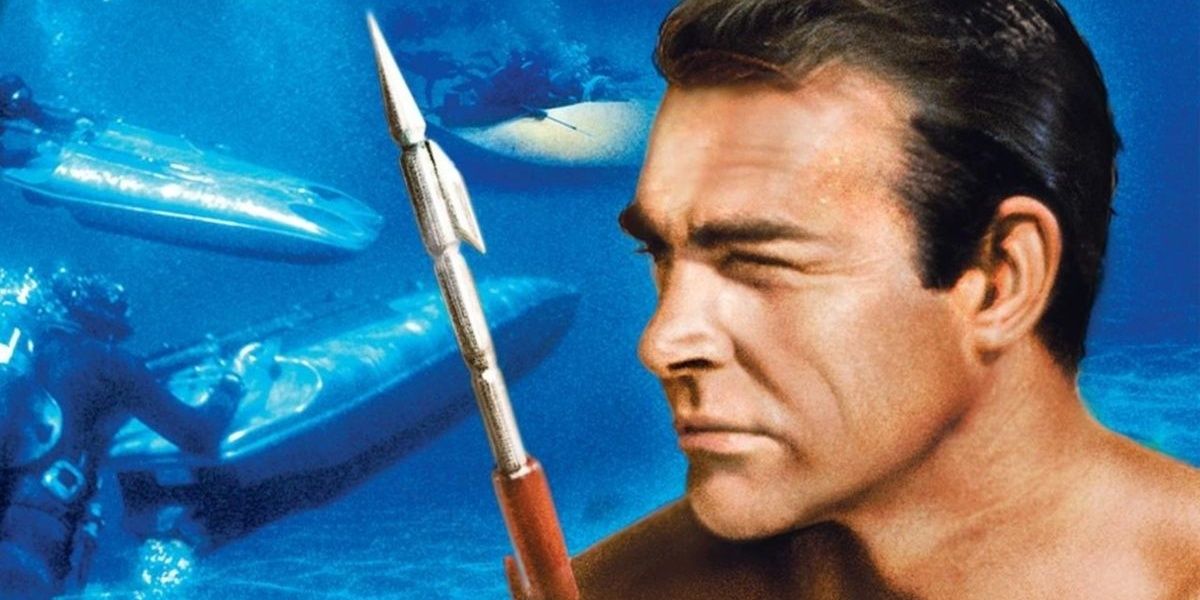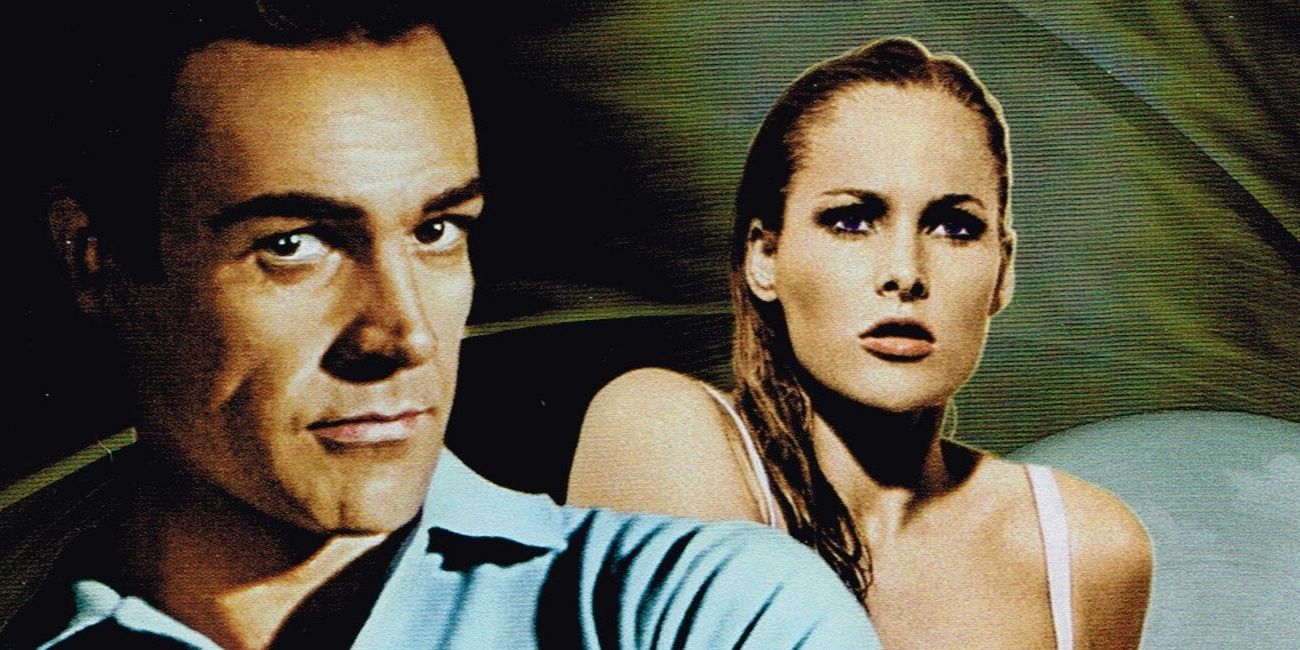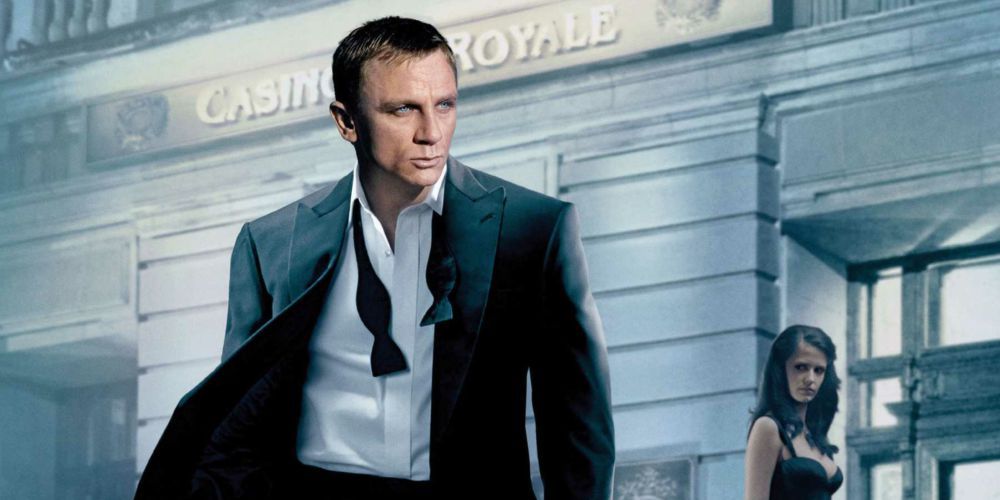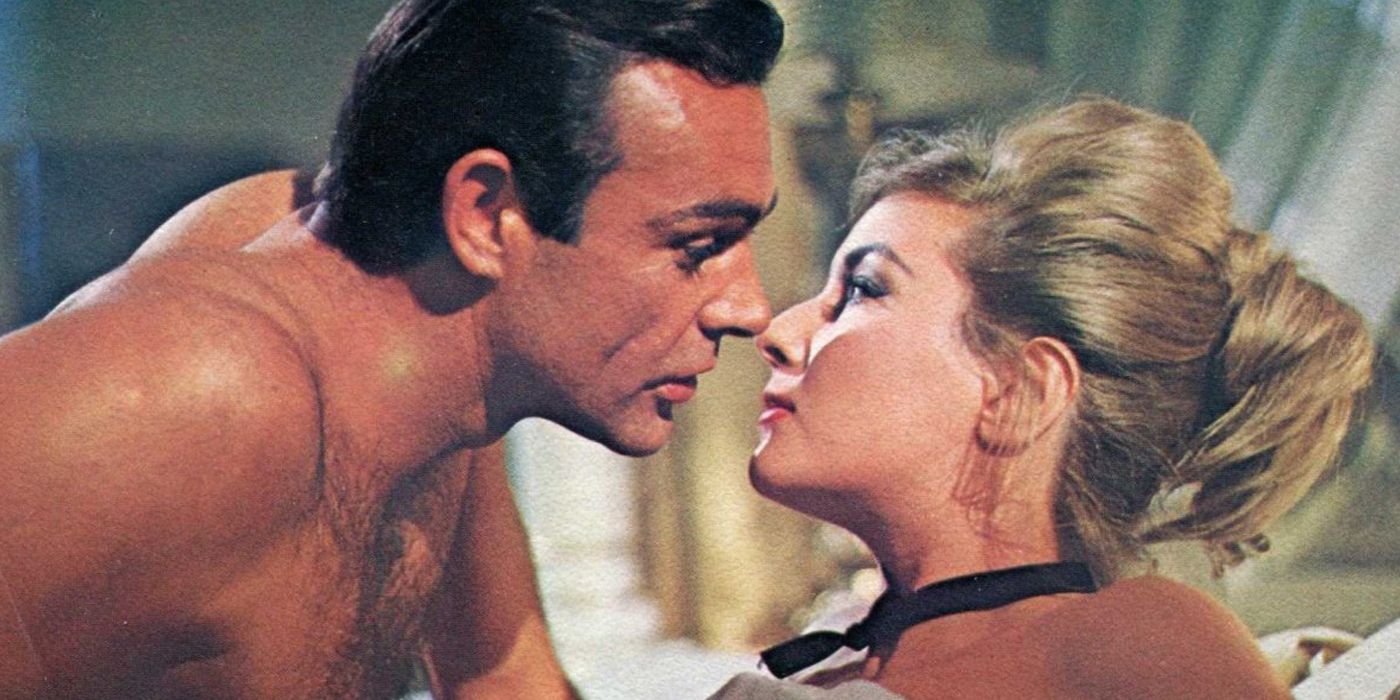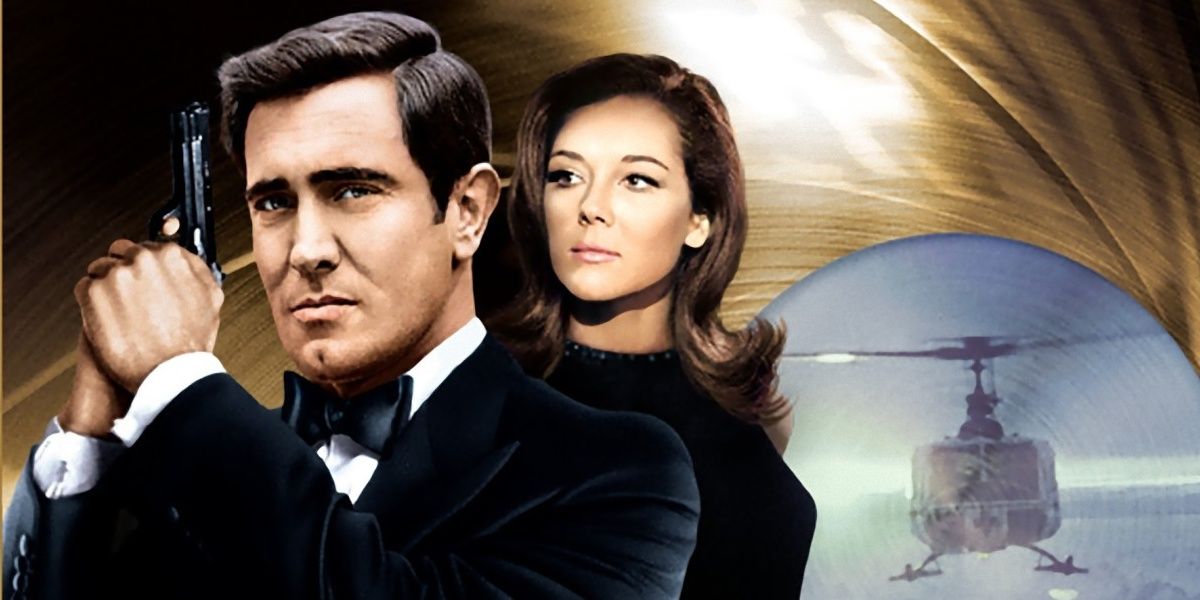When Ian Fleming first sat down to write Casino Royale, he couldn't have possibly imagined just how popular James Bond would become beyond his lifetime. Now that the film series is one of the most prolific and well-loved franchises in cinema, 007 has become one of the most familiar names in pop culture.
However, there is one thing that has been a sticking point for many Bond fans is how often the films stray away from their source material. While that isn't always a sin, it does raise a question. Which Bond film is the most accurate out of the series? Find out in our list!
Quantum of Solace (2008)
You will notice a trend in these first few entries, that aside from the name, some of the Bond films have little to nothing to do with their source material.
That is definitely the case with Quantum of Solace, although the source material didn't offer much more than the film did in terms of substance.
A View To A Kill (1985)
A thrilling short story involving Bond investigating the murder of a dispatch-rider was substituted for a slow-paced tale with an aging Roger Moore as Bond trying to stop a Nazi bred mogul from destroying Silicon Valley.
Not only is View To A Kill a limp farewell for Moore as Bond, but it also has little to do with the original short story.
The Spy Who Loved Me (1977)
When Ian Fleming sold the film rights to EON Productions, he demanded that only the title of this story could be used in a film. Given that the original story barely features Bond and is a mean-spirited romp involving rape, can you really blame him?
Octopussy (1983)
While the plot of the original short story wasn't featured anywhere in this film, it is used as part of the backstory for the main Bond Girl/ Femme Fatale, Octopussy.
It's an odd way to include the source material, but at least what happens in the book gets a mention, as brief as it is.
Moonraker (1979)
The one thing that the most outlandish film out of the series kept from the novel was the title, the name of the main villain Hugo Drax, and that's about it really.
To be honest, the whole film feels like it was only made to capitalize on the hype for space-faring movies that emerged in the aftermath of Star Wars. Because the title of the book had the word "moon" in it, it was selected.
The Man With The Golden Gun (1974)
This film may have little to do with the book of the same name in terms of plot, but there is actually a bit of crossover with this entry. The main Bond Girl in the story, Mary Goodnight, is very accurately translated, along with the main villain's backstory.
Overall, there isn't much more to say about The Man With The Golden Gun aside from the fact that it may be for the best that the film took liberties from its admittedly hazy source material.
You Only Live Twice (1967)
Taking into account the fact that the original book follows Bond after the murder of his wife Tracy and deals with the emotions involved with that, you can't help but feel that the gun was jumped in this case as the film came out right before OHMSS.
Regardless, outside of a few characters, plot details, and the use of Blofeld as the main villain, there isn't much that ties You Only Live Twice with its novel counterpart.
Diamonds Are Forever (1971)
While the producers' desire to get Connery back and wrap up Bond's beef with Blofeld came at the expense of an accurate depiction of the novel, there is a lot of content from the book that made the cut.
The plot involving diamond smuggling is adapted, the Las Vegas setting is carried over, many of the characters join the party and the henchmen couple known as Mr. Wint and Mr. Kidd are given a much larger role.
Live & Let Die (1973)
Though certain details of the book were ignored or played down, the overall premise and structure remained. Solitaire, Mr. Big, Tee Hee, and Whisper are all kept in from the book and are pretty much the same characters. While the characters stayed, the pirate gold McGuffin was swapped out for a plot about free heroin.
Elements that were excised, however, found their way to the succeeding Bond films. The book's set-piece towards the end was used in For Your Eyes Only, and Felix Leiter's shark encounter was saved for License To Kill.
For Your Eyes Only (1981)
This film took cues from two Fleming short stories, For Your Eyes Only and Risico. For Your Eyes Only was mined for the first arc involving the death of The Havelocks and their daughter's revenge on their killer Hector Gonzales, while Risico was the basis for Bond getting involved in the feud between smugglers Milos Columbo and Aristotle Kristatos.
The involvement of The Soviet Union and the ATAC were elements invented solely for the film, but what they adapted from the short stories into the film was kept mostly intact.
Goldfinger (1964)
Bond's book-accurate casual racism towards Goldfinger's Korean staff and the uncomfortable handling of two LBGTQ+ characters in Tilly Masterton and Pussy Galore were thankfully jettisoned. Otherwise, Goldfinger's plot is pretty faithful to the source material.
While the film does have creative changes, it still centers around the plan to rob Fort Knox. Additionally, the characters of Goldfinger and Oddjob are very much kept intact.
The Living Daylights (1987)
The plot of Fleming's short story is boiled down to the beginning of the film after the opening credits, but that particular scene is easily the best one in the entire film.
While there are minor tweaks to the story of the scene, a sullen James Bond intentionally failing to shoot a beautiful sniper was carried over.
Thunderball (1965)
Minor tweaks may have been made with this adaptation, but otherwise, the legal headache that is Thunderball was pretty faithfully adapted.
Initially imagined as a screenplay for a film that never ended up happening, it should come as no surprise that the book translated well to the screen.
Dr. No (1962)
The first Bond film in the series, Dr. No just happens to also be one of the most faithful as well.
While the film added the minor character of Miss Taro, the debut of Felix Leiter, and a bit less of a comical finale, the source material is very much respected in this film.
Casino Royale (2006)
After the travesty that is Die Another Day, it was really smart for the franchise to reboot with none other than Fleming's first Bond novel, Casino Royale.
While much was altered to fit with a more contemporary setting, Casino Royale maintains the plot, tone, and tragedy of the original story. Say what you want about Sony, but EON's decision to join forces with the studio proved successful, and Casino Royale is a testament to that.
From Russia With Love (1963)
One of John F. Kennedy's favorite novels was translated quite faithfully to the big screen.
While substituting the main villains of the Russians from the novel for the more global threat of SPECTRE is a pretty big change, it affects very little about the film's accuracy to the novel, and could even be seen as an improvement.
On Her Majesty's Secret Service (1969)
On Her Majesty's Secret Service is not only one of the most underrated films of the franchise, but it also contains the most faithful adaptations from book to screen.
Any changes you can point out feel like nitpicks in the grand scheme of things as they are outshined by every element carried over.

